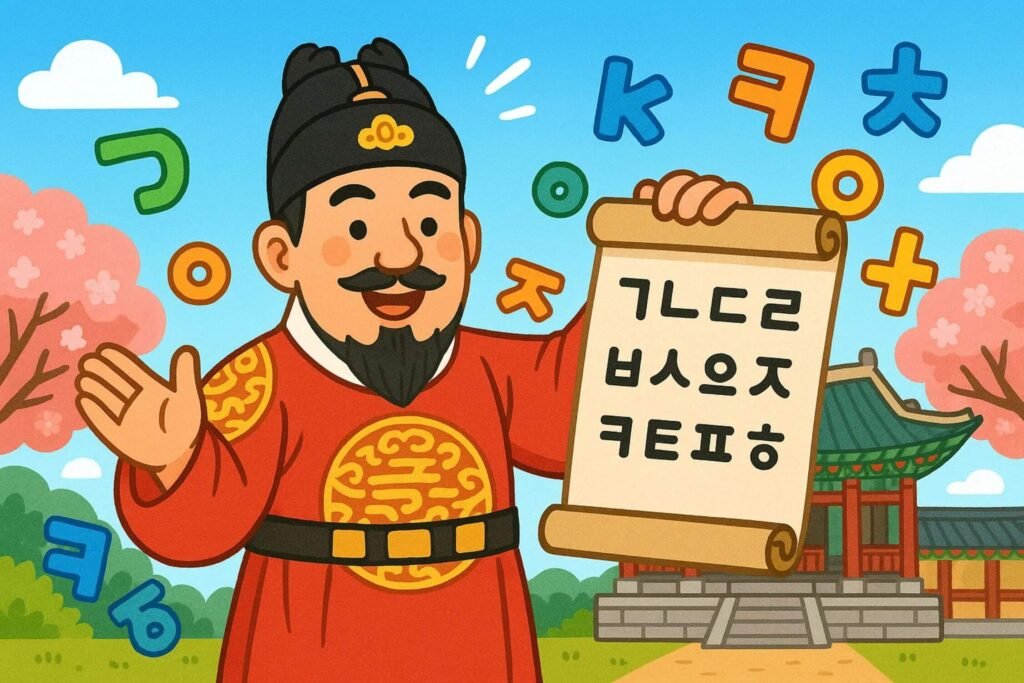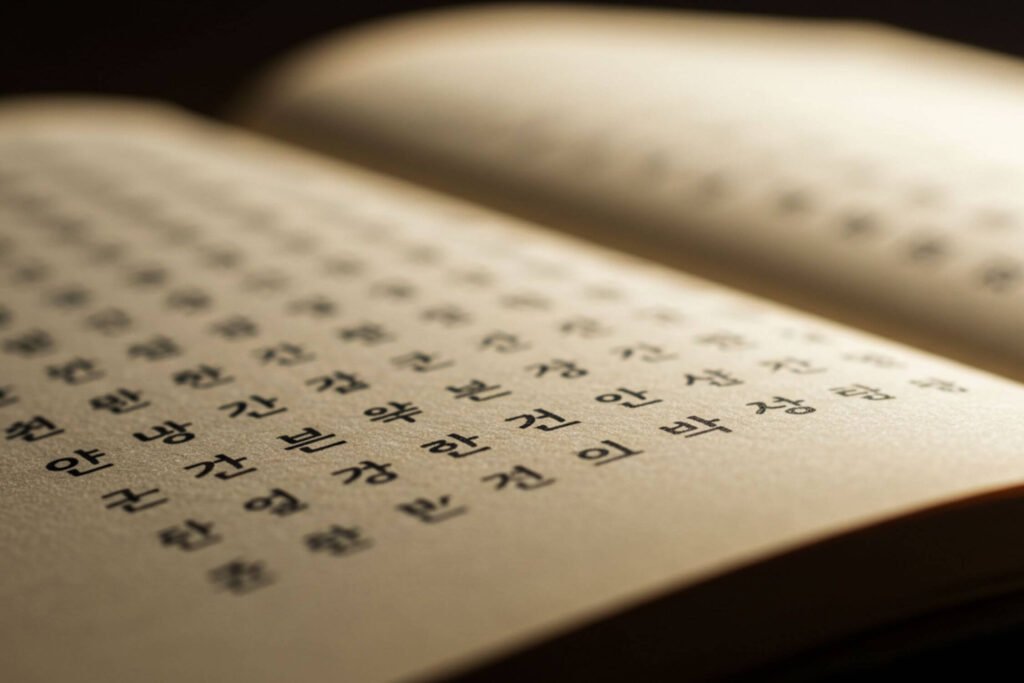If you’ve ever been captivated by the elegant, geometric shapes of the Korean writing system, you’re not alone. The Korean alphabet, known as Hangul, is often praised for its scientific structure, cultural uniqueness, and historical significance. It’s not just a tool for communication—it’s a symbol of national identity and linguistic innovation. But beneath its seemingly simple surface lies a fascinating world of little-known facts and stories that might surprise you.
Whether you’re learning Korean or simply intrigued by global languages, here are ten things you probably didn’t know about Hangul, the Korean alphabet.
1. Hangul was designed to be easy on purpose
Hangul isn’t an ancient writing system that slowly evolved over time like Chinese characters or Latin script. Instead, it was intentionally created in the 15th century by King Sejong the Great and his team of scholars. Their goal was to give everyday people, especially commoners who couldn’t read classical Chinese, a simple, logical system to express the Korean language.
King Sejong famously said, “A wise man can acquaint himself with [Hangul] before the morning is over; a stupid man can learn it in ten days.” This quote might sound dramatic, but it reflects the brilliance behind the design: Hangul is phonetic, highly systematic, and surprisingly easy to learn.
2. The letters mimic the shape of your mouth
One of the most fascinating features of Hangul is that some of its consonants are shaped to reflect the way your mouth, tongue, and throat move when pronouncing them. For instance, the consonant “ㄴ” (n) resembles the shape your tongue makes when it touches the roof of your mouth. Similarly, “ㅁ” (m) mimics closed lips.
This isn’t a coincidence. The designers of Hangul specifically engineered it this way to make it intuitive. It’s possibly the only alphabet in the world based on phonetic physiology—a concept far ahead of its time.
3. Hangul was once banned by Korean elites
Although Hangul was created for the benefit of common people, Korean aristocrats and scholars (yangban) resisted its use. For centuries, they considered Chinese characters (Hanja) more prestigious and associated Hangul with lower classes and women.
In fact, during certain periods in Joseon Dynasty history, Hangul was actively suppressed or even banned in official government documents. Despite this resistance, Hangul survived thanks to commoners, writers, and eventually nationalist movements that embraced it as a symbol of Korean identity.
4. The original Hangul had more letters
Today’s Hangul uses 24 basic characters—14 consonants and 10 vowels. But the original version, created in 1443, had 28 letters, including some that no longer exist in modern Korean.
Some of these forgotten letters represented subtle sounds that have since merged with other pronunciations or fallen out of use. For example, the obsolete letter “ᄙ” represented a double consonant sound, and “ㆍ” was a unique vowel no longer found in contemporary Korean.
Studying these lost letters offers insight into how Korean pronunciation has changed over the centuries and how language evolves over time.
5. Each syllable is a block, not a letter
One of the most common misconceptions about Hangul is that each character is a single letter. In reality, what you see is a syllabic block made up of multiple letters. Each block typically includes a consonant, a vowel, and sometimes a final consonant, all arranged neatly into a square-like unit.
For example, the word “한” (han) is made of ㅎ (h), ㅏ (a), and ㄴ (n). These three components combine into one square block, creating a system that is both visually appealing and space-efficient.
This makes Hangul unique among alphabets, as it blends phonetic writing with syllabic structure—something rarely seen in other writing systems.
6. Hangul was recognized by UNESCO for its uniqueness
Hangul’s linguistic genius has not gone unnoticed by the world. In 1997, UNESCO designated Hunminjeongeum, the original document describing Hangul’s creation, as part of the Memory of the World Register. This initiative aims to preserve valuable cultural documents globally.
UNESCO even established the King Sejong Literacy Prize, named after Hangul’s creator, to honor individuals or organizations that contribute to literacy. It’s a fitting tribute, considering Hangul’s original mission was to make literacy accessible to all Koreans, regardless of social class.
7. Hangul Day is a national holiday in South Korea
In South Korea, Hangul Day (한글날) is celebrated every year on October 9 to commemorate the invention and proclamation of the Korean alphabet. It’s more than just a holiday—it’s a celebration of national pride, cultural heritage, and linguistic brilliance.
During this time, you’ll see exhibitions, educational programs, and cultural festivals that highlight the history and beauty of Hangul. North Korea also celebrates its own version of Hangul Day, although it falls on January 15, commemorating a different historical interpretation.
8. Hangul has been adapted to other languages
Hangul is so efficient and easy to use that linguists have experimented with adapting it to write other languages. In fact, there have been trials of using Hangul for languages like Cia-Cia, an Austronesian language spoken in parts of Indonesia.
The city of Bau-Bau on Buton Island even introduced Hangul in schools to preserve the Cia-Cia language, which was on the brink of extinction. Although the project faced challenges and eventually faded, it showed that Hangul’s flexibility and phonetic precision could be valuable beyond Korean.
9. Modern tech is helping Hangul thrive
In the digital age, Hangul has not only survived—it has thrived. Thanks to its block structure, Hangul fits perfectly in digital interfaces, especially mobile devices. Korean keyboards are compact, efficient, and easy to use, and predictive text algorithms handle Hangul incredibly well.
Moreover, Hangul’s straightforward character system makes text encoding and font design easier compared to more complex scripts like Chinese or Japanese. This has contributed to the global spread of Korean content, especially through K-pop, K-dramas, and Korean video games.
Hangul is now being learned by millions of people worldwide, not just for cultural interest but also for accessing Korea’s booming entertainment industry.
10. Learning Hangul can be done in just a few hours
One of the most remarkable things about Hangul is that you can learn it in a single afternoon. Unlike many writing systems that take months or years to master, Hangul’s logical structure and phonetic rules make it incredibly beginner-friendly.
There are no complicated tones like in Chinese, and once you learn the 24 basic letters and how syllables are formed, you can start reading Korean words almost immediately. Of course, understanding vocabulary and grammar takes more time, but decoding the writing itself is surprisingly quick.
This ease of learning is a big reason why Hangul is often praised as one of the most efficient alphabets in the world—an ideal entry point for anyone interested in the Korean language or culture.
Bottom line
Hangul isn’t just a writing system—it’s a linguistic masterpiece with a rich history, cultural significance, and brilliant design. Created with the noble goal of literacy for all, Hangul has stood the test of time, from royal courts to classrooms to smartphones.
What makes Hangul truly special is that it embodies the spirit of innovation, inclusivity, and identity. It’s a symbol of Korean pride, yet accessible enough to be learned by almost anyone in a matter of hours. And while its outward simplicity is appealing, the deeper you look, the more you uncover its complex genius.
So the next time you see Korean writing, don’t just admire the characters—remember the story behind them. From royal invention to global recognition, Hangul is a testament to what thoughtful design can achieve, even in something as seemingly simple as an alphabet.



